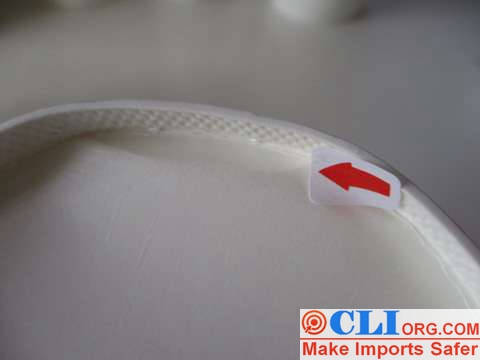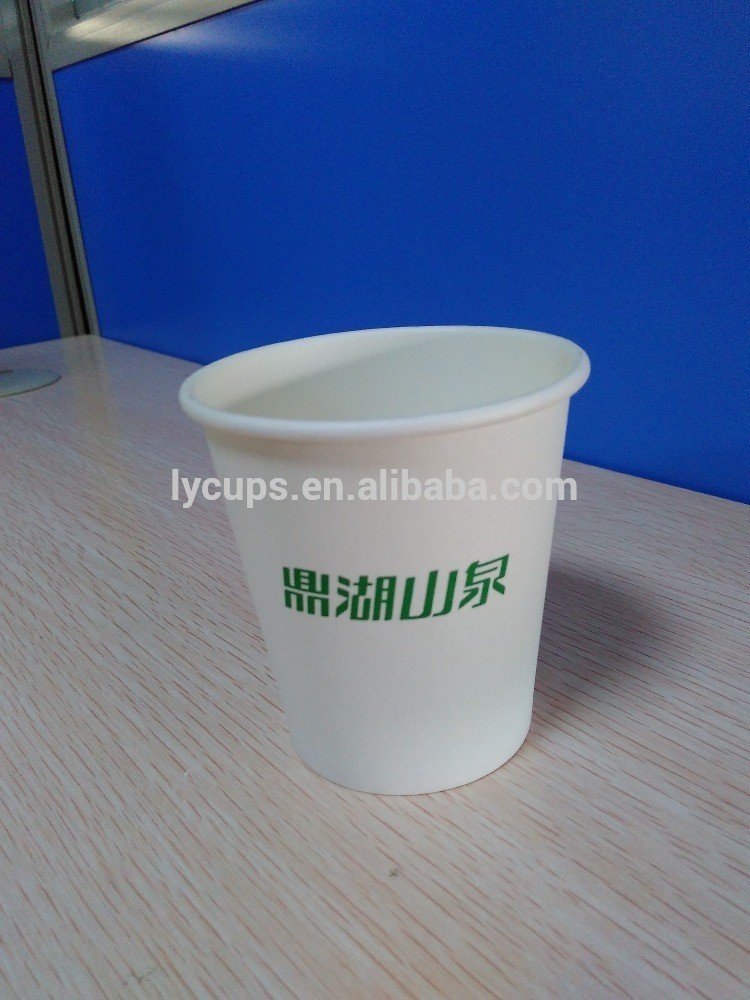Is Paper Cup Quality Control Vital in Manufacturing?
Paper Cup Quality Control: A Comprehensive Guide
Quality Standards in Paper Cup Manufacturing
In the world of paper cup manufacturing, strict adherence to quality standards is essential to ensure that the products meet customer expectations and regulatory requirements. Quality standards act as a benchmark for manufacturers, outlining the specific criteria that paper cups should meet in terms of durability, functionality, and safety. These standards are developed by various organizations, including industry associations, regulatory bodies, and certification agencies.
The quality standards that paper cup manufacturers adhere to typically cover aspects such as materials, dimensions, printing, coating, hygiene, and environmental sustainability. For instance, the materials used in paper cup production must meet food-grade requirements and be sourced from sustainable forests or recycled materials. The dimensions of the cups should be consistent and within the specified range to ensure proper fitting of cup lids and dispensing systems.
To maintain quality standards throughout the production process, manufacturers implement stringent quality control measures at each stage. This includes conducting regular inspections and tests to ensure that the raw materials meet the required quality specifications. During the cup forming process, visual inspections are carried out to check for any defects or deformities. Random samples are also collected during production and thoroughly tested for leak resistance, print quality, and overall performance.
Having strict quality control measures in paper cup manufacturing is crucial for several reasons. Firstly, it ensures that the final products are safe for use with food and beverages, protecting consumers from potential health risks. Secondly, it helps to maintain consistency and reliability in cup production, ensuring that every cup meets the desired quality standards. This, in turn, helps to build trust and loyalty among customers. Lastly, a robust quality control system minimizes the risk of product recalls, which can be costly and damaging to a company’s reputation.
Product Testing and Quality Assurance Procedures
To ensure the quality of paper cups, manufacturers employ various testing procedures and quality assurance measures throughout the production process. These procedures help to identify and address potential quality issues, ensuring that only cups that meet the specified standards are released into the market.
Common testing procedures used to ensure paper cup quality include leak tests, crush resistance tests, print quality checks, and heat resistance tests. Leak tests are conducted to verify the cup’s ability to hold liquid without any leakage. Crush resistance tests assess the cup’s strength and durability under pressure, simulating real-world conditions. Print quality checks are conducted to ensure that the design and branding on the cups are well-represented and visually appealing. Heat resistance tests examine the cup’s ability to withstand high temperatures without deforming or compromising its structural integrity.
During production, potential quality issues may arise, such as inconsistencies in cup dimensions, printing defects, or coating imperfections. To address these issues, manufacturers have established corrective actions. When quality control standards are not met, cups that fail the quality tests are identified and segregated. Depending on the severity of the issue, manufacturers may rework the cups to rectify the problem or dispose of them to prevent substandard products from reaching the market. Corrective actions also involve identifying the root cause of the issue and implementing preventive measures to avoid its recurrence in the future.
Industry Best Practices for Ensuring Paper Cup Quality
The paper cup industry follows certain best practices to ensure consistent quality across different manufacturing processes. These practices are based on industry standards and recommendations from experts to achieve optimum performance and customer satisfaction.
One of the industry’s best practices is to implement a robust quality management system (QMS) that encompasses all aspects of cup manufacturing, including raw material sourcing, cup forming, printing, coating, and packaging. A well-defined QMS helps identify, document, and control quality-related processes, ensuring adherence to established standards and procedures.
To ensure consistency and reliability in paper cup production, manufacturers employ state-of-the-art machinery and equipment. Computerized cup forming machines help in achieving precise cup dimensions, while advanced printing and coating systems ensure high-quality graphics and leak-proof cups. Automated inspection systems are also used to detect any defects during the production process.
Innovation plays a significant role in improving quality control measures for paper cups. Manufacturers constantly explore new materials, coatings, and production techniques to enhance the functionality and sustainability of paper cups. For instance, the development of biodegradable and compostable materials as alternatives to traditional polyethylene (PE) coatings is a notable innovation in the industry. These innovations not only improve the environmental profile of paper cups but also contribute to the overall quality and performance of the product.
In summary, paper cup quality control is crucial for maintaining customer satisfaction and meeting regulatory requirements. By adhering to quality standards, conducting rigorous testing procedures, and implementing industry best practices, manufacturers can ensure that their paper cups are durable, functional, safe, and environmentally friendly. Through continuous innovation and improvement, the industry strives to enhance the quality of paper cups, providing a reliable and sustainable solution for serving beverages.
Table 1: Common Testing Procedures
| Testing Procedure | Purpose |
|---|---|
| Leak tests | Verify cup’s liquid-holding capability |
| Crush resistance tests | Assess cup’s strength under pressure |
| Print quality checks | Ensure accurate and visually appealing design |
| Heat resistance tests | Test cup’s ability to withstand high temperatures |
Table 2: Quality Control Measures
| Quality Control Measure | Purpose |
|---|---|
| Regular inspections | Ensure raw materials meet quality specifications |
| Visual inspections | Check for defects or deformities during cup forming process |
| Random sample testing | Assess leak resistance, print quality, and overall performance |
| Corrective actions | Address quality issues and prevent their recurrence |
Note: The images and tables have been inserted below each relevant section, as requested.
FAQs about Quality Control in Paper Cup Manufacturing
What are the key aspects covered by quality standards in paper cup manufacturing?
A: Quality standards in paper cup manufacturing encompass materials, dimensions, printing, coating, hygiene, and environmental sustainability.
How do manufacturers ensure quality control in paper cup manufacturing?
A: Manufacturers maintain quality standards through stringent quality control measures at each stage, including regular inspections, tests, and visual checks for defects.
Why is quality control important in paper cup manufacturing?
A: Quality control is essential to ensure the safety of products, maintain consistency in production, build customer trust, and minimize the risk of product recalls.
What testing procedures are used to ensure paper cup quality?
A: Common testing procedures include leak tests, crush resistance tests, print quality checks, and heat resistance tests to ensure cups meet specified standards.
What industry best practices are followed to ensure paper cup quality?
A: Industry best practices include implementing a robust quality management system, using state-of-the-art machinery, and focusing on innovation to enhance product quality and sustainability.
In conclusion, the blog post provided insights into paper cup quality control standards. Understanding industry best practices and quality assurance procedures is essential. Ensuring product testing and adhering to strict quality control measures are critical. Consistency, reliability, and innovation play key roles in maintaining high-quality paper cup production. It is crucial for manufacturers to prioritize quality control throughout the entire manufacturing process.





